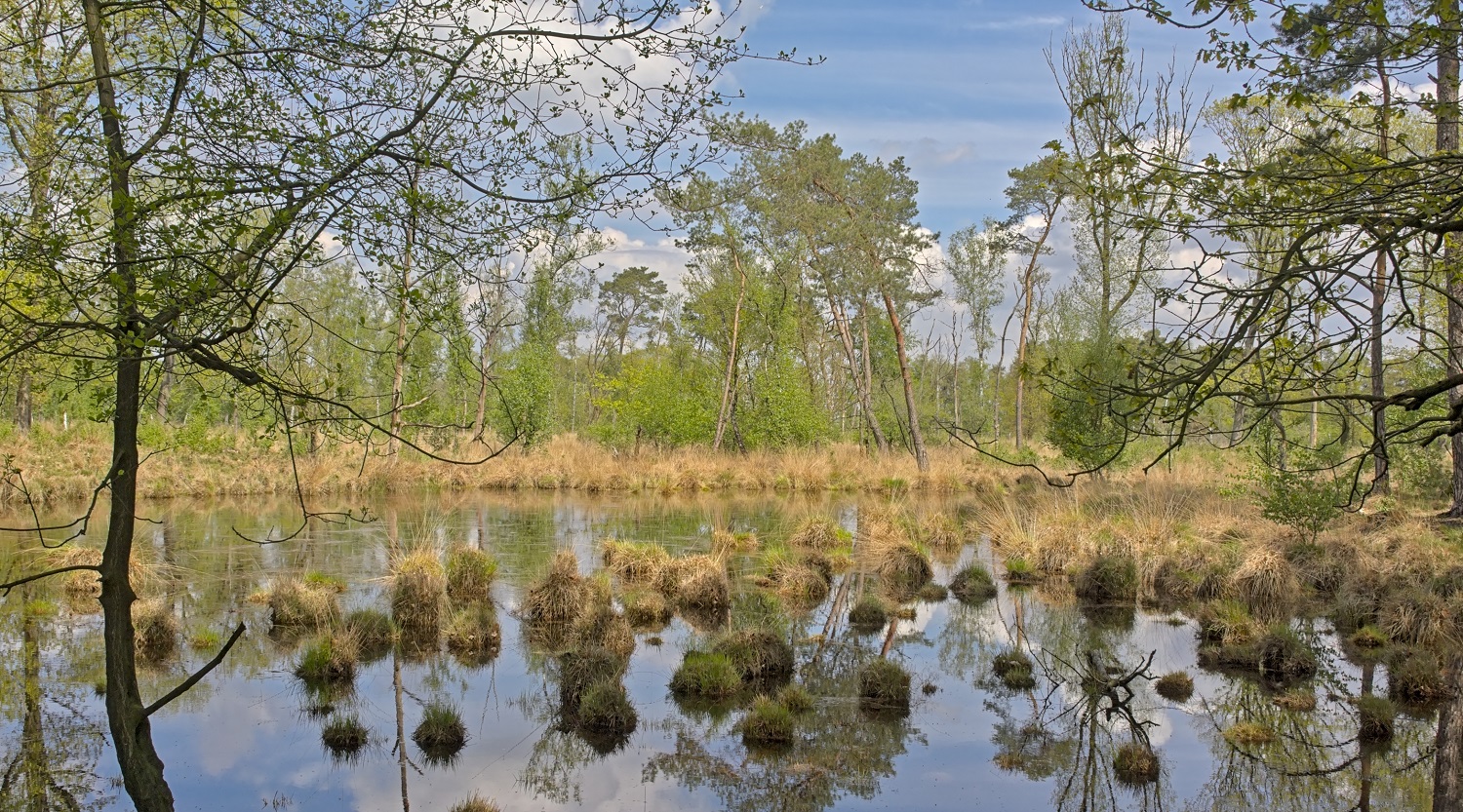Europe doesn’t have much peatland left: most of the peat has been cut and harvested. Is there any future for what remains? Not everywhere, suggests a Wageningen study of the mechanism behind the formation and disappearance of peat bogs.
The first author is Ype van der Velde, a PhD graduate of Wageningen who now works at the VU University Amsterdam. As a postdoc at WUR, Van der Velde wondered whether landscapes are subject to tipping points, like many natural phenomena. Are there pairs of landscape type that emerge from one another after a tipping point?
Yes, forest and peatland form an inseparably linked system of this kind, shows the work of Van der Velde and his colleagues from several Wageningen disciplines. Where organic matter piles up, the soil becomes wetter and fewer trees grow, causing the soil to become even wetter, and peat eventually forms. The mechanism also works the other way round, so that when peatland dries out, a forest grows up.
Peatland map
On the basis of this feedback mechanism, Van der Velde developed a model that shows where in Europe the conditions are right for the formation or preservation of peatland. On that ‘virtual peatland map’, one third of Europe theoretically has a climate suited to maintaining existing peatland. Creating new peatland, however, is only possible in a fraction of those locations.
The real peatland map of Europe looks very different, though. One fifth of the existing peatland is found in areas that are sensitive to tree growth, according to Van der Velde’s model. ‘There is a strong chance of those peat bogs disappearing as temperatures rise because they are supersensitive to the slightest disturbance. And once they are gone, you can’t restore them easily.’ Peatland and forest cannot be studied independently of each other, says Van der Velde. ‘If you want to preserve peatland, you need to look at the context as well, at the opposing forces of forests and rivers and their interaction with the peatland.

 Foto: Shutterstock
Foto: Shutterstock 

